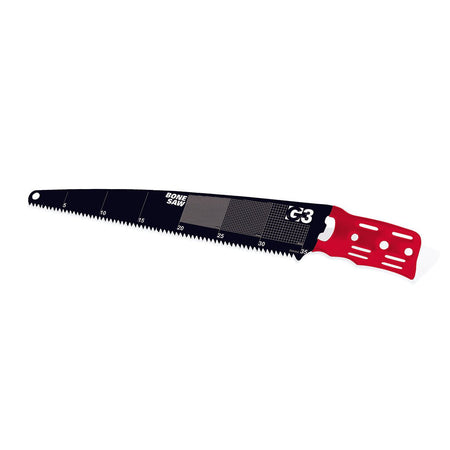Regardless of public lands opening back up and life getting to a new "normal", we always need to be prepared in the backcountry. Maybe now is the time to make ultra sure we are all set to head into the hills and be self-sufficient. So here’s a primer on the basics I take along to make sure I can get myself and my partners out safely. There are a few guidelines out there for how to recreate with social distancing but this will focus more on the technical side of things. We should always aim to self-rescue or at least self-stabilize an accident in the mountains so we limit our dependence on search and rescue volunteers and health care workers. So how can we do this?
First and foremost, pick your partners wisely. Now is not the time for having a random Facebook group partner mountain adventure! I’m lucky enough to have a long list of ultra-capable mountain partners, but if you feel like you or your partners aren’t up to snuff, start with a self-rescue course or a wilderness first aid class. The good news is our esteemed health care guidance officers have said go outside safely, and rescue/first aid courses are usually done outside or partly online. And besides, these people haven’t been able to teach courses lately and can use the work!
Second, especially after learning or knowing what you need to do in an accident in the mountains, make sure you have the gear! What are the essentials? I’ve attached a photo to help with the basics of what goes in my pack on a day trip spring ski mountaineering adventure. There are a few key items in there that maybe you don’t have which I consider a huge addition. But here goes the list.

- Avalanche Rescue gear. Beacon, probe, shovel. Always
- First aid gear. Decent first aid kit with fire starter kit, vet wrap, sil tarp leg splint from Alpine Threadworks, SAM splint, Rescue toboggan/emergency shelter (8x8 sil tarp that can be used as a shelter or to package up someone in a sled for dragging to safety, also from Alpine Threadworks).
- InReach/Communications that work for where you are.
- Crevasse Rescue gear. Petzl RAD kit basically covers you fully, with one of their lightweight harnesses. Also their light crampons and ice axe.
- G3 Bonesaw. You need a saw that cuts wood to build fires, splints, and open up some trees for a rescue helicopter to land.
- Repair kit. Quick set epoxy, steel wool, extra binding screws, perhaps a spare toe piece, more G3 ski straps than you think are necessary.
- Helmet!
Does this sound like a lot? Guess what, this plus 2 litres of water, food and extra layers all fit in my 35L day pack with room to spare.

BONESAW
The G3 Bonesaw is streamlined, packable, lightweight, easily extendable and tough enough to cut through bone, wood, and ice. It features slots for easy attachment...
$35.50 Shop BONESAWThird, have a plan, and stick to it. If it changes let someone know. Mass rescue resources are consumed when people don’t know where you are! Have a plan, and check-in/out.
Finally, in these Covid times, carry a mask, gloves, and maybe some hand sanitizer. This stuff won’t take up much room and if someone needs to come and help you, at least you can protect them from yourself.
What did I miss? What are your essentials in these modern times?





